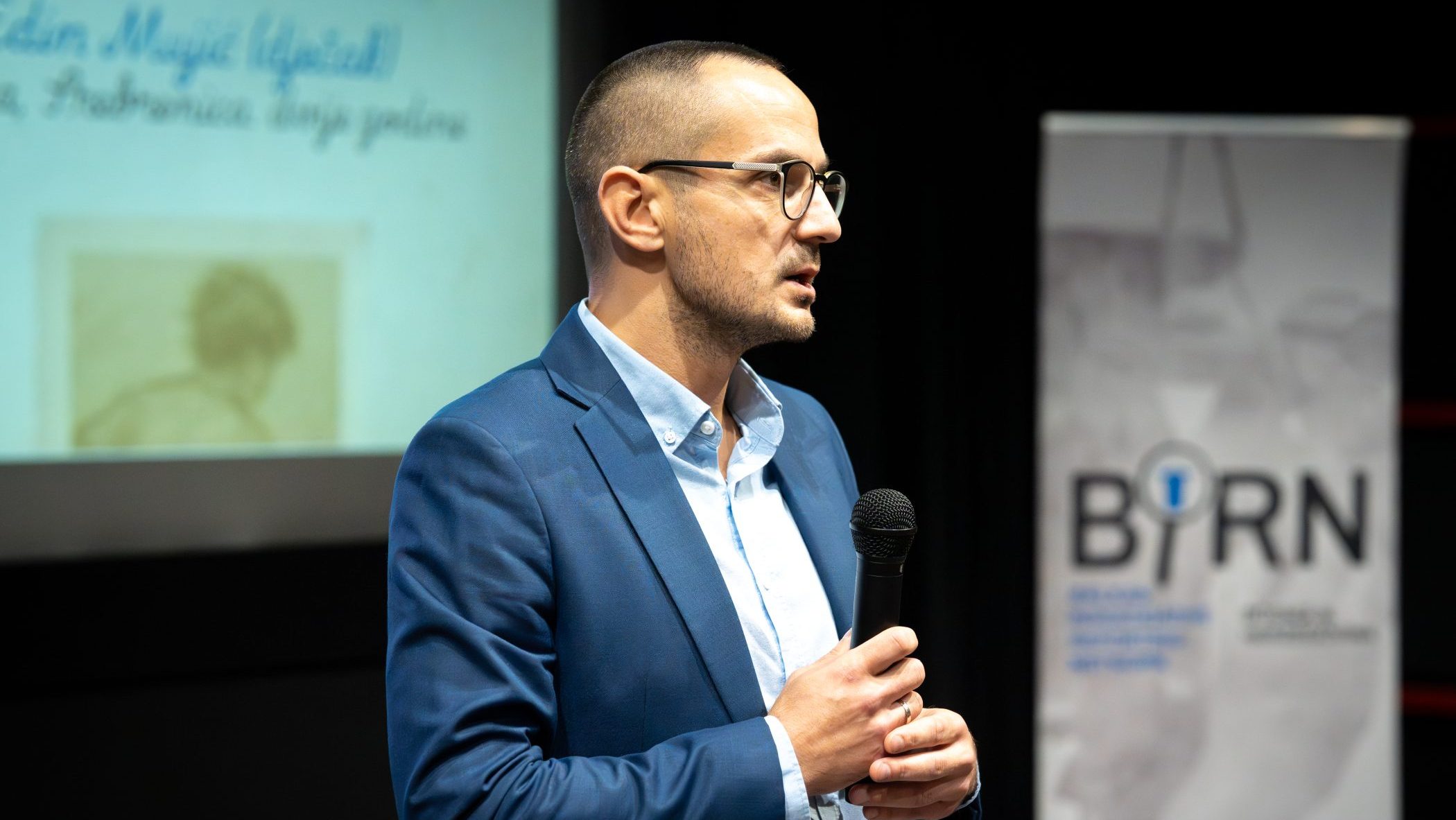This post is also available in: Bosnian
During the cross-examination Prosecutor Caroline Edgerton confronted Milosevic with evidence that 336 citizens were killed and 1,789 wounded by sniper bullets in Sarajevo prior to 1994. Edgerton pointed out that the fact that most of the victims were civilians and that the attacks were widespread indicated that the sniping of civilians was ordered.
While saying that he would never say that there were no civilian victims, Milosevic said that a possibility that any of Republika Srpska Army, VRS officers gave permission to shoot civilians can be excluded. According to him, soldiers were decent men, who did not want to do it.
The Prosecutor said that, according to evidence, VRS snipers acted completely contrary to that and that they aimed at keeping civilians in trap, scared and under pressure by their fire.
The Sarajevo-Romanija Corps did not bring those people in that situation at all, Milosevic said.
In 2009 the Hague Tribunal sentenced Milosevic, former Commander of the Sarajevo-Romanija Corps with the Republika Srpska Army, to 29 years in prison for crimes against civilians in Sarajevo.
Karadzic, former President of Republika Srpska, is charged with having terrorised the local population in Sarajevo by an artillery and sniper attacks campaign. Besides that, he is charged with having participated in genocide in Srebrenica, persecution of Bosniaks and Croats and taking UNPROFOR members hostage.
Milosevic said that he could not be excluded that the Army of Bosnia and Herzegovina caused victims in the city in order to create the atmosphere and evidence that they are the endangered side.
When Prosecutor Edgerton said that civilians were under direct and constant sniper fire, Milosevic suggested that civilians could have been unintentionally hit during combats.
I do not exclude the possibility that a mentally deranged person on the Serbian side opened fire, the witness said.
The Prosecutor reminded Milosevic that sniper attacks on trams in Sarajevo in 1994 and 1995 happened during a ceasefire period. In response to that, Milosevic suggested that the Army of Bosnia and Herzegovina opened fire, when the trams moved, causing the Corps under his command to respond.
Despite the fact that the Prosecutor insisted that, by saying that, he actually confirmed that the bullets were fired from Serb positions, Milosevic denied her allegations, allowing the possibility that the dispersed shooting could have affected the vehicles as well.
The witness said that Spicasta stijena was not a stronghold of Serb snipers, adding that it was not under his control, although Prosecutor Edgerton quoted some documents, saying that his subordinate officers, who had previously testified in defence of Karadzic, had confirmed that.
The trial of Karadzic is due to continue on Wednesday, February 6.

